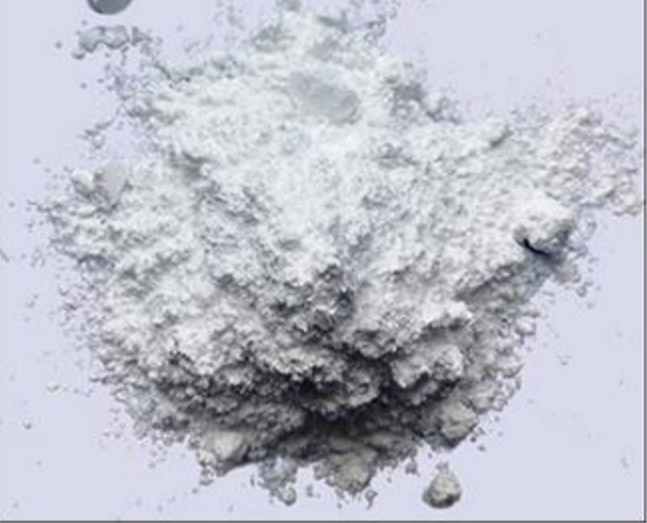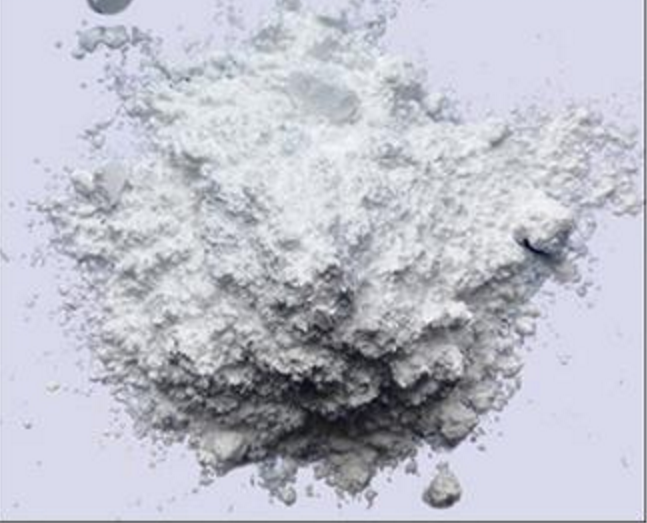Magnesium hydroxide is a very practical inorganic flame retardant
Among the various classifications of inorganic flame retardants, magnesium hydroxide and aluminum hydroxide occupies the leading position, and they are of development value both in terms of performance and application. These two flame retardants have been put into use in many industries abroad, and our country is also in the process of continuous research and development and application.Magnesium hydroxide is a white powder in appearance, with a relative density of about 2.4 and a particle size of 1-20μm. The magnesium hydroxide dehydration temperature is 340°C. The thermal decomposition temperature of magnesium hydroxide is 140°C higher than that of aluminum hydroxide, which can make the articles added with magnesium hydroxide tolerate higher temperatures, and is very effective in accelerating extrusion, reducing molding time, and enhancing flame retardant efficiency. Big advantage. Magnesium hydroxide particles are fine, which will not cause great abrasion to the processing equipment, and the service life is greatly prolonged. In fact, magnesium hydroxide has more obvious advantages than aluminum hydroxide, so it has been promoted to a greater degree. Magnesium hydroxide will also have a significant smoke suppression effect when used. No harmful substances are released at all times, and acidic substances can be neutralized during combustion.
When magnesium hydroxide flame retardant is used alone as a flame retardant, the amount is generally 40% to 60%, which seriously affects the mechanical properties of the material. Therefore, we must find a way to ensure that it can be evenly dispersed in the material. We can find a special surface modifier to act on magnesium hydroxide. The main purpose is to increase the surface activity of the particles, improve the dispersibility, improve the flame retardant effect, improve the compatibility with polymer materials, and improve the impact resistance and thermal performance.








